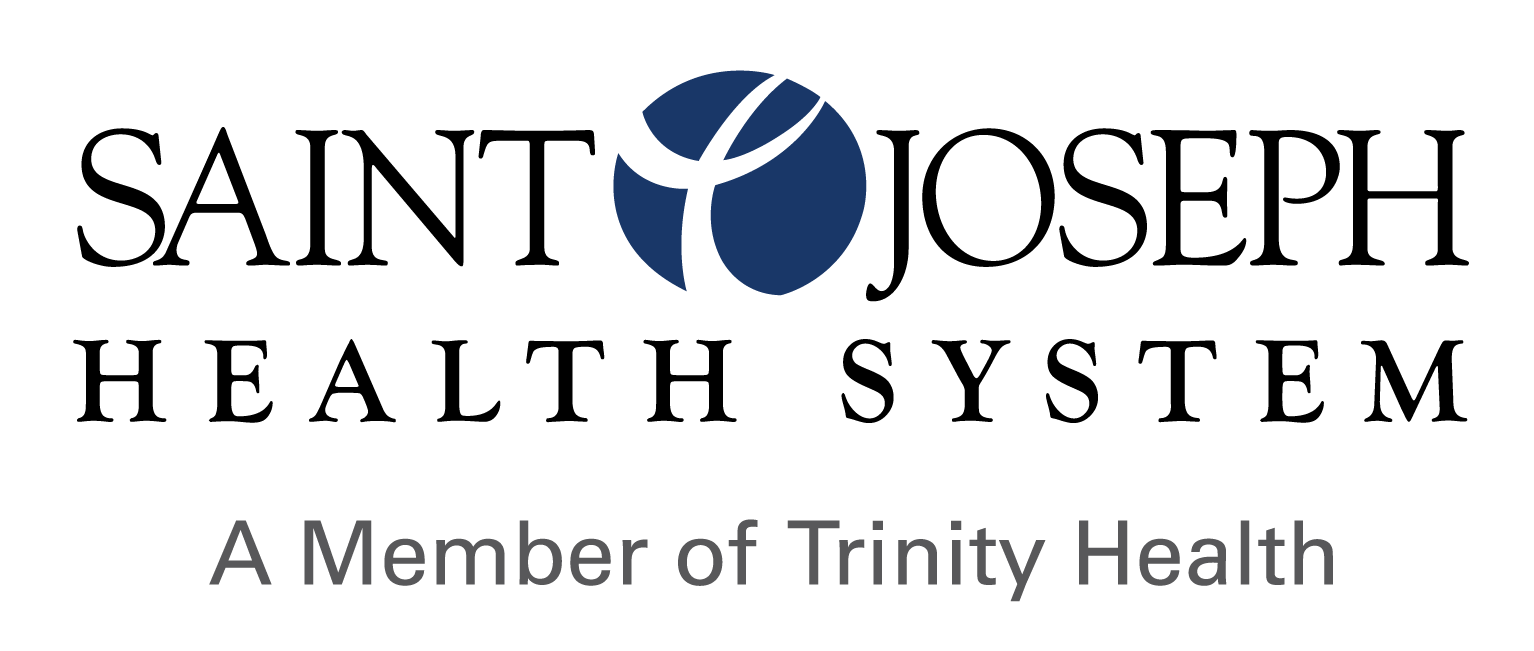Heart Attack Activation System
Thinking one step ahead
In recent years, we’ve enacted a system specifically designed to respond to heart attack emergencies. Dubbed “Code STEMI” (for ST-Segment Elevation Myocardial Infarction), this protocol ensures a timely response from key personnel.
Our system is an entirely coordinated effort between the EMS units, ER, CathLab, and cardiologists. First, EMS teams alert emergency rooms that a cardiac patient is on the way. With the push of one button, the ER physician alerts the Cardiac CathLab team.
In the lab, a tiny balloon is inflated at the site of the blockage, in order to reopen clogged arteries. Studies show that this procedure, known as PCI (percutaneous cardiac intervention), can increase a patient's chance of surviving a heart attack by 60%. But only if that is done within 90 minutes of the patient's arrival.
Due to the 913 Code STEMI, SJHS continually meets and exceeds that standard. Monthly, each heart attack case is evaluated in order to determine where improvements can be made.
Matters of the Heart
When Gregg Thomas, 69, felt as if “an elephant had jumped on his chest” while at the gym, he knew immediately he was having a heart attack. He asked the manager to call 911, and told the EMS crew that he wanted to go to Saint Joseph Health System Mishawaka Medical Center.
SJHS had perfected use of its Code STEMI protocol, which helped Thomas receive rapid and effective care.
8:36 am — Ambulance crews called SJHS after EKG testing was done. The SJHS Heart Team was alerted in the CathLab.
8:49 am — Thomas arrived at the ER and was cared for by the Heart Team physicians, and two ER nurses.
9:03 am — Thomas was in the CathLab only 14 minutes from the time he had arrived in the ER.
By 9:16 am, the blockage in Thomas’s artery had been cleared — just 49 minutes after he arrived. Thomas says, “The care I received was instantaneous and simply great.” His wife Sharon stated it more simply: “You saved his life.”

